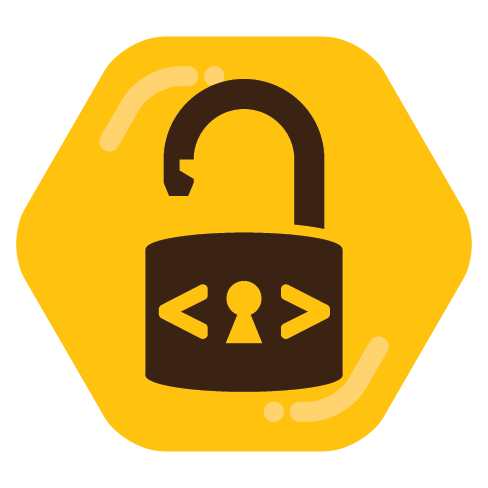

Every system in an RPG should be designed and tailored to max the possible immersion you can get from the game.
Having to deal with inventory management doesn’t always improve immersion. Inventory optimization doesn’t immerse me; rather, it gives me a puzzle to solve.







Do you mean a Docker container registry? If so, here are a couple options: